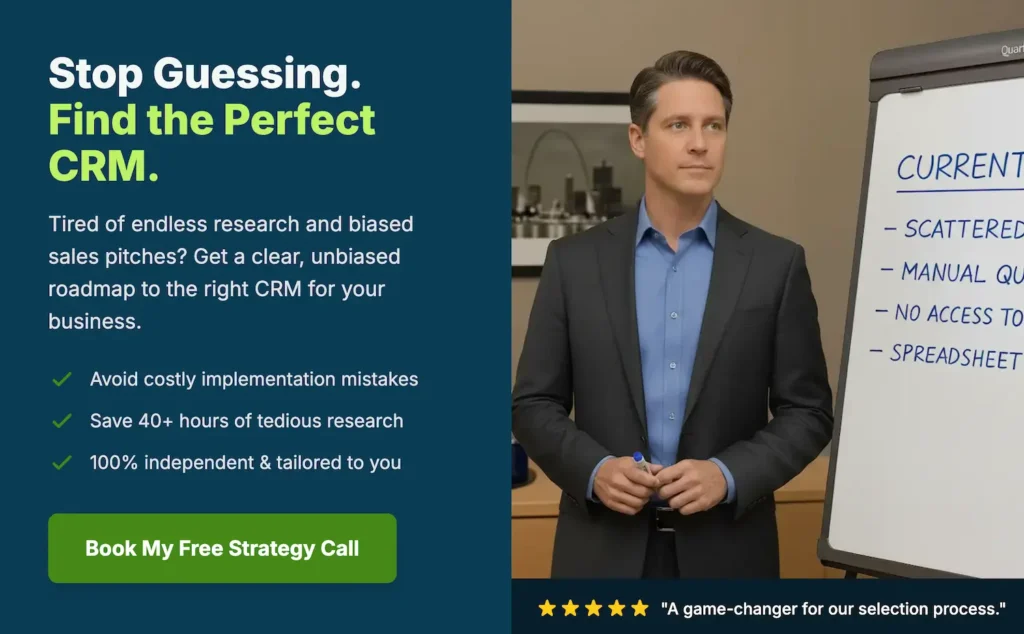 On a recent podcast episode in which Sam Biardo and I served up our 2015 CRM and marketing automation prognostications, Sam predicted that in 2015, mobile CRM apps will be broken up into multiple apps.
On a recent podcast episode in which Sam Biardo and I served up our 2015 CRM and marketing automation prognostications, Sam predicted that in 2015, mobile CRM apps will be broken up into multiple apps.
This made a lot of sense to me, as most currently available mobile apps outside of the CRM world are single-purpose.
On the other hand, CRM vendors and third party developers have generally defaulted to imposing desktop navigational breadth onto a smaller form factor — probably the same thing that many of us would have done if we were charged with designing a mobile CRM interface.
When a CRM user logs into a mobile CRM app, they are presented with all of the entities or objects that they would expect to see on a desktop screen — Accounts, Contacts, Opportunities, Cases, Tasks and more. This results in a lot of tapping and swiping to accomplish different tasks.
Mobile Apps – Broken Up Into Pieces
Two days after recording the podcast episode, I came across Jay Baer’s “Jay Today” podcast show and video playlist.
In one of his three minute episodes, Jay points out that Facebook recently decoupled messaging from the main Facebook app by creating a new messaging app — and that Facebook now has a total of eight different apps on the Apple App Store. LinkedIn has six.
Jay goes on to say that the trend of breaking up an app into smaller pieces is definitely here to stay. While adding more and more apps to your mobile device is a pain, it’s not as big a pain as trying to navigate within a single, all purpose “portal” app.
This is, in fact, says Jay, part of an overall societal trend toward specialization, which even extends to the relief pitcher who is paid handsomely to strike out just one batter per game.
And who would have thought just a few years ago that selling only men’s razors and razor blades would be a viable business model?
Ironically, several years ago, Salesforce Labs released a popular and more or less uni-functional app called Logger. Its main purpose was for logging calls or meeting notes from the road. However, this app was retired in 2014 with the release of Salesforce1.
However, if Jay Baer is right and this is a trend that’s “here to stay”, Salesforce Labs had the right idea and we may well see salesforce.com, other CRM vendors and third party developers circle around to developing specialized, mobile CRM apps.



